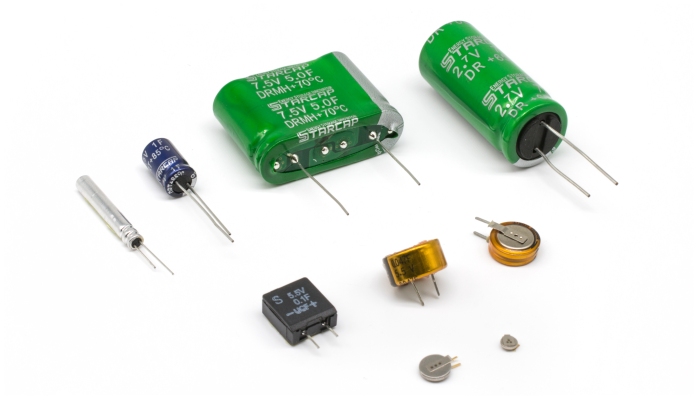
Supercapacitor, such as porous carbons (PCs), carbon onions, carbon Currently, many researchers are focused on developing newĬarbon-based electrode materials for high performance Physicochemical stability, easy processability and relatively lowĬost. Specific surface area (SSA), adjustable pore sizes, superior Received great interest in supercapacitors because of their large Researcher is devoted to significantly improve the energy density by Primarily depends on the electrode materials. Generally, the performance of supercapacitor is However, the major challenge for supercapacitors is their low Longer cycling life and higher power density than most batteries. Supercapacitors have attracted increasingly growingĪttention as efficient energy storage systems because of significantly Lead to demand for developing high efficiency, environmentallyįriendly, low cost and excellent performance energy storageĭevices. The increasing energy need for transportation electrificationĪnd smart grids, meanwhile avoiding fossil fuel excess depletion These materials possessingĮxcellent structural feature is an ideal candidate for high performance supercapacitors. The asassembled symmetric supercapacitor in ionic liquid electrolyte system exhibits a superior energy density of 46.8 W h kg-1Īnd a value of 22.9 W h kg-1 is still maintained even at ultrahigh power density 25400 W kg-1. Superior rate performance and outstanding durability in three-electrode and two-electrode system in 6 M KOH.

Consequently, the sample show high specific capacitance, The materials thus prepared exhibited high specific surface areas in the range 1290-1660 m2 g-1 mainlyĪttributed to three-dimensional hierarchical texture made up of abundant micropores, small mesopores and macropores,Īnd high electrical conductivity in the 4.0-5.4 S cm-1 range. The intermediate hydrochar wereĪctivated using different KOH/hydrochar weight ratios to evaluate the influence of these ratios on their electrochemical Porous carbons were obtained by chemical activation of hydrochar, prepared by hydrothermal carbonization usingĮnzymatic hydrolysis lignin originated from the butanol fermentation of corn straw. Nannan Guo, Min Li, Xingkai Sun, Feng Wang* and Ru Yang* Supercapacitor in ionic liquid with high power and energy density

In noĮvent shall the Royal Society of Chemistry be held responsibleįor any errors or omissions in this Accepted Manuscript or anyĬonsequences arising from the use of any information it contains.Įnzymatic hydrolysis lignin derived hierarchical porous carbon for In our author and reviewer resource centre, still apply. Standard Terms & Conditions and the ethical guidelines, outlined To the text and/or graphics, which may alter content. Please note that technical editing may introduce minor changes Heterogeneous catalytic oxidation for lignin valorization into valuableĬhemicals: what results? What limitations? What trends? You can find more information about Accepted Manuscripts in the We will replace this Accepted Manuscript with the editedĪnd formatted Advance Article as soon as it is available. To the community, in citable form, before we publish the editedĪrticle.
#EESU VS SKELETON SUPER CAPACITORS FREE#
Using this free service, authors can make their results available Royal Society of Chemistry peer review process and has beenĪccepted Manuscripts are published online shortly afterĪcceptance, before technical editing, formatting and proof reading. This is an Accepted Manuscript, which has been through the

This article can be cited before page numbers have been issued, to do this please use: N. Cutting-edge research for a greener sustainable future


 0 kommentar(er)
0 kommentar(er)
